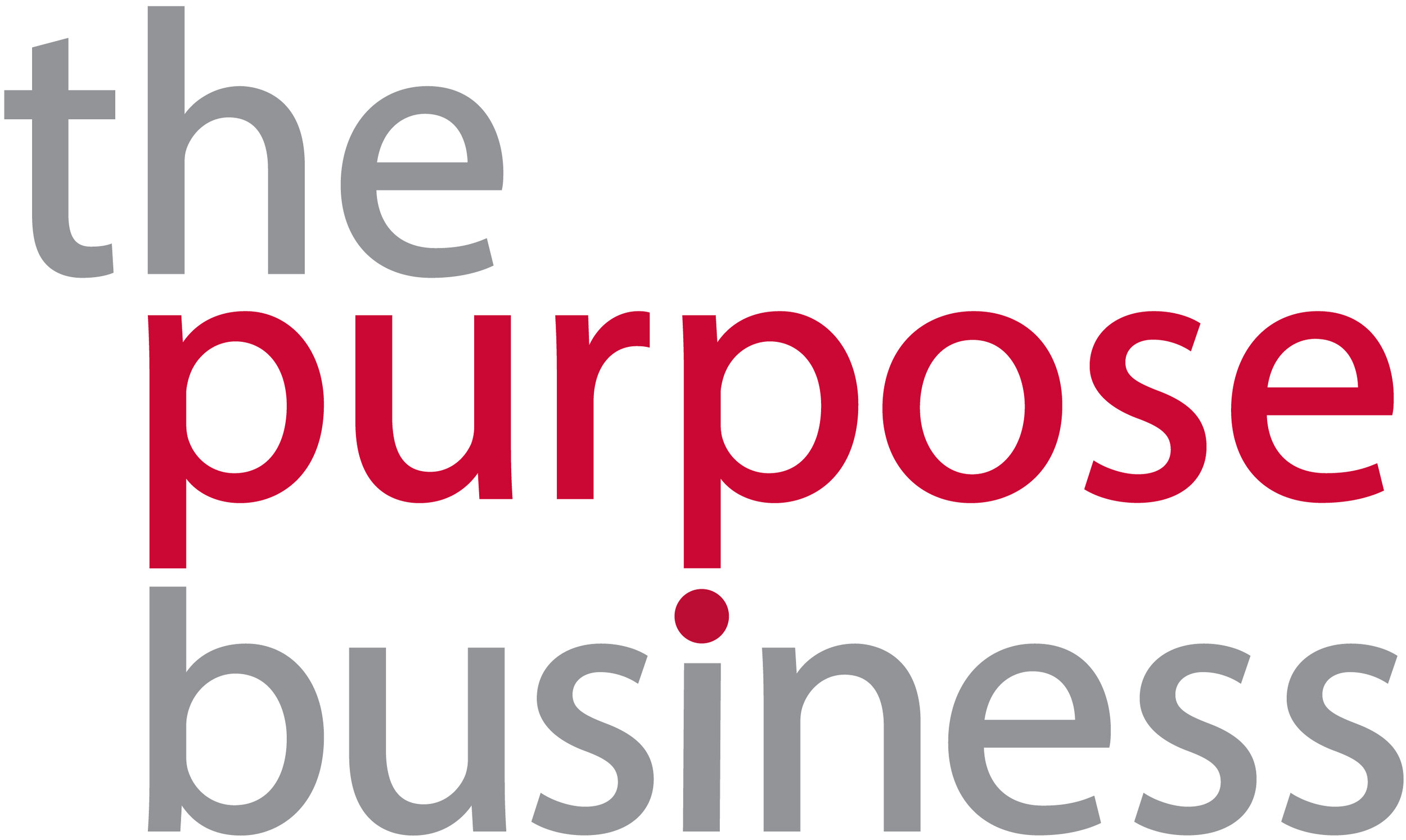Internal engagement can feed your sustainability strategy
Sustainability Advisor and internal engagement specialist Vicky Lee, gives us food for thought on employee engagement strategies.
I’m Hong Kong born and bred so food is very important to me, and I always look out for eateries that are putting more thought into sustainability. Whether that be a hotel chain replacing plastic bottles by glass bottles for events and conferences, a fast food chain using decomposable and reusable cutlery, or a coffee chain offering discount or free upgrade for customers taking their own containers.
Of all the above sustainability practices, how did these organisations get their ideas? Referencing the international best practice? Catching up with what their competitors are doing? I believe consulting employees through internal engagement offers a solution for real insight.
Internal engagement can take different forms – here are TPB’s three proven ways to get started.
Company survey
A survey is not only a way to collect opinions and ideas from your employees on a large scale, it also raises awareness of the issues that are important to the company.
Take special care with the introduction to your survey, set a positive tone for employees and show that it’s a sincere invitation from the leadership for their active participation because their opinions are highly valued.As far as questions setting is concerned, avoid using lengthy and clumsy expressions, and use precise language.
Be mindful to keep your questionnaire survey short – don’t risk your employees getting bored, losing attention and giving less thoughtful answers. Make every question earn its space in your survey, consider the data you will get back and only ask for data that you will use.
An employee survey can help provide the landscape for future strategy. Survey results can also help secure consensus and alignment to the company strategic direction. A good survey will also help you foresee the possible challenges to implement the initiatives or polices, and the difficulties your employees may need to confront at the frontline.
Engagement training and workshop
Within every company there are people who are motivated to progress and innovate. Identifying this group (perhaps through your survey analysis), you can use use these catalysts and validate their enthusiasm to get better understanding of employees’ true thoughts about certain initiatives/policies.
A workshop is an environment which allows your employees to think boldly, on areas that are important to the company – and their ideas could be outside of your imagination. It’s helpful to have vocal groups like this that understand and buy-in to company objectives, contribute ideas on their impact to the business whilst at the same time demonstrating the company listens and values its employees.
For one client, in a cozy room with about 20 participants mainly from middle management of a company, we spent an afternoon guiding them through discussions on waste reduction – from challenges to opportunities. Through this process, we got a similar message from the four groups – turning waste into resources.
When talking about opportunities, the workshop offered wide ranging ideas, from opening a new stream of B2B, or developing dissolvable packaging, to turning the waste into new products – all of the ideas caught their senior management by surprise. Some ideas may not be as practical for the current business situation, or too costly to introduce a particular type of new technology today, but management were delighted that employees were thinking boldly about the future.
Why not researching the possibility or keeping abreast of latest development? Those may form part of your long-term strategy.
One-on-one or group interview
Have you ever thought that your frontline staff is your radar of the market? In their day-to-day operation, they have the most chance to interact with the customers, whether it be their behaviour, requests, opinions, or complaints, your staff can provide you with first-hand information. Granted that they are the radar of workability of your certain policies or campaigns.Even short conversations can be impactful, such as a recent chat with frontline staff at a cafe, asking them their views on ‘straws upon request’, or ‘no straw policy’. In just a few minutes, I got to understand more about the type, behaviour and habit of their customers. Hearing all sorts of stories about their interactions of the customers and the situation of the self-serve station. They also showed their concerns of the difficulties they may face if the policy is due to impose. The key point is they will know if the policy is going to work.
These are three main ways to get ideas from your employees – and each can be delivered in creative, interesting and fun ways. Of course there are many other ways for you engage your employees, depending your intentions and objectives.Internal engagement is not just about striking for better employees’ performance or higher the retention rate, it is a vital tool for you to formulate your sustainability strategies.
Internal engagement not only provides grounded reasons why a certain strategy is workable and will be successful, and opportunities to build trust, mutual understanding and thought alignment. At the end of the day, your employees are the keys to help you maximise the impacts of your strategies, and play their part in bringing greater success to your business and increasing your competitiveness in the market – because people are the multipliers of business success.










